Tallinn
- 0 Comments
- By lucy
I wasn’t sure what I was expecting from Tallinn. The Estonian capital seemed like a logical stopover in my journey west so I booked myself into a hostel for a few nights. Once a booming port city where trade between Russia, Scandinavia and Europe took place the town boasted impressive fortifications and what was the tallest building in the world during the late sixteenth century (Saint Olaf’s Church with its then 159m spire). This trade slowed however and whilst the rest of Europe was busy tearing down their old medieval fortifications and widening narrow streets Tallinn didn’t have the money or the inclination. Combined with the fact that the city has never been razed or pillaged and only suffered minimal bombing it is one of the best preserved medieval towns in Europe; 26 of the original towers are still standing, many having been converted into restaurants, shops and apartments.
Enlarge

When Moscow hosted the 1980 Olympics the sailing was outsourced to Tallinn and the whole city was given a facelift to ensure that visitors left with the best impression of Soviet life. Due to the boycott the turnout was only 23 countries (compared to the 60 that competed at the following Olympics) and as a result it’s still possible to find Olympic souvenirs that were made for the much larger expected audience.

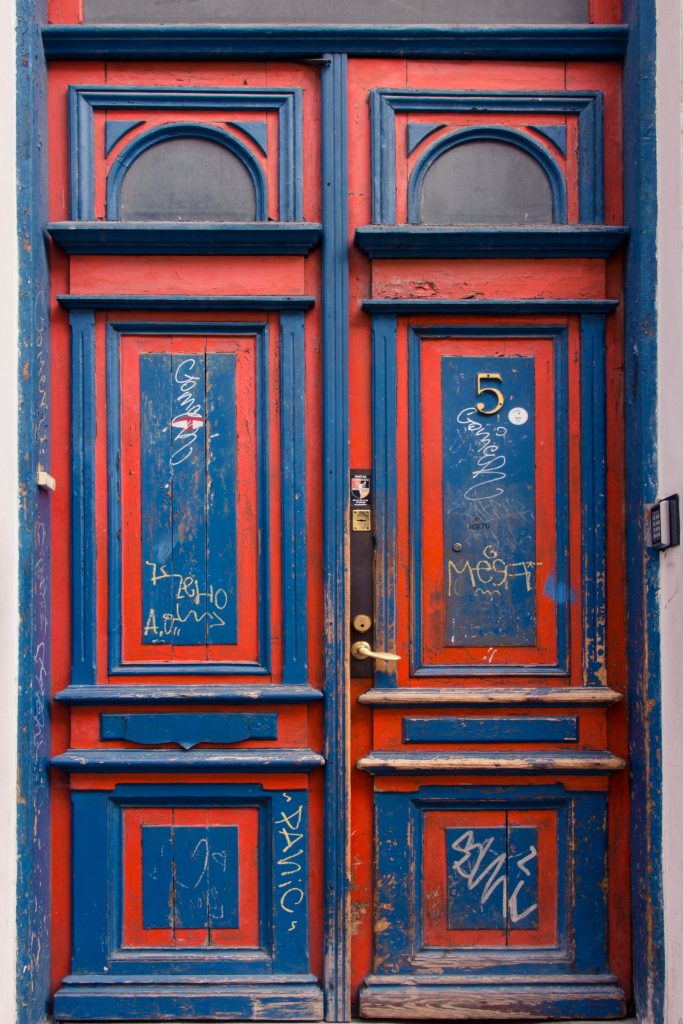
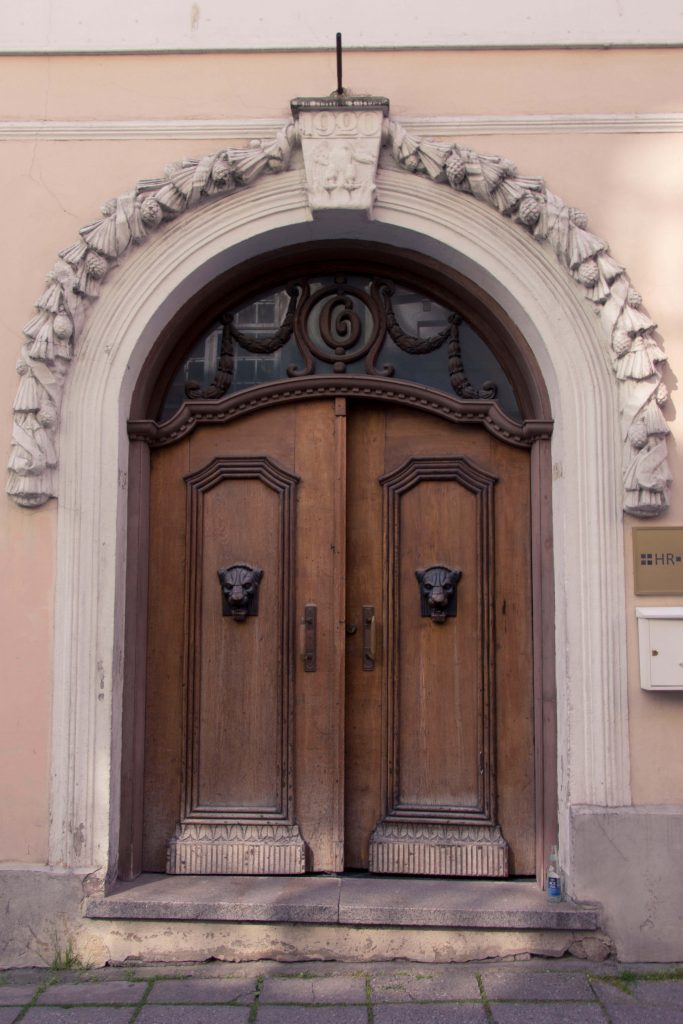

Tallinn was undoubtable the most charming ex-Soviet city, with its red tiled roofs and cobbled alleyways but it was also one of the most frustrating. It’s a very small city and most of its tourists come by cruise ship. Everyone from Disney to P&O dock in the harbour and until 4pm the city is packed with loud families and obnoxious accents. The free walking tour I did one morning had 70 people attend, almost all from that day’s cruise ships. Prior to this I’d considered 20 or so people to be a large turnout. I took to lurking in parks or cafes until the afternoon when I had the city all to myself.
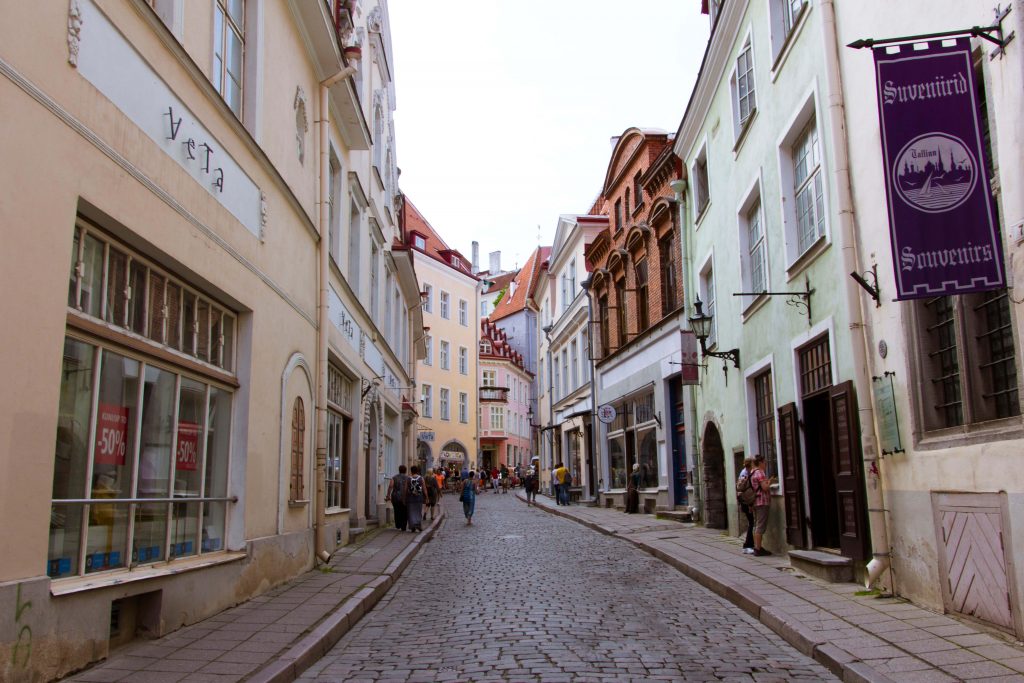

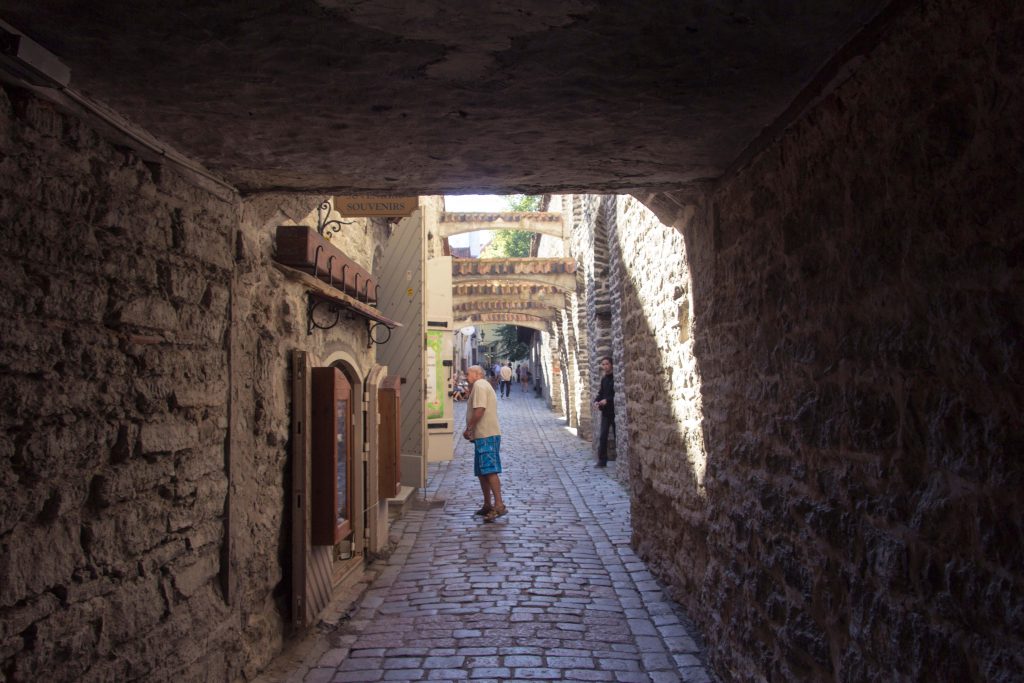
I also walked out to the Pataeri prison on the outskirts of town. Originally a sea fortress it served as a Soviet Prison from 1919 and then an Estonian one until its closure in 2004 and has been left to the elements and local artists ever since. I went with a guided tour as this was the easiest way to get access to the high security section but they made it rather difficult for us to stop for photography and I couldn’t get as many pictures as I would have liked. Despite its relatively recent closure the prison looks like it’s been abandoned for much longer, no doubt due to the sea air. Rusted bunks still line the cells and even the prisoner identification cards in the darkroom still remain, waiting to be filled out with fingerprints and photos. The fact that the overcast sky had turned to rain by the time we left only added to the sombre mood.
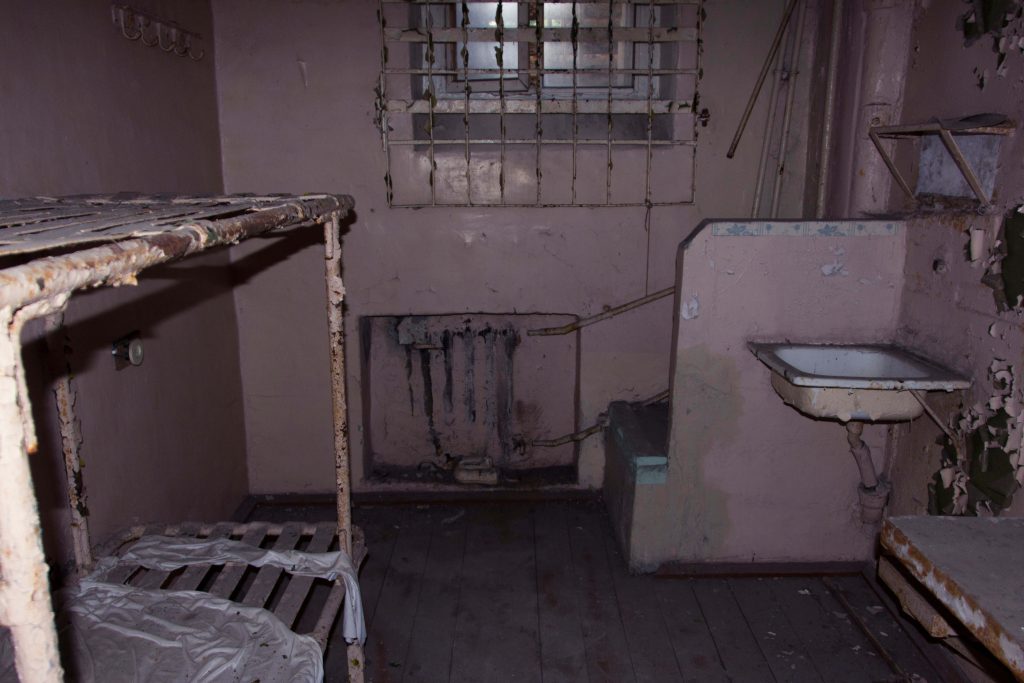
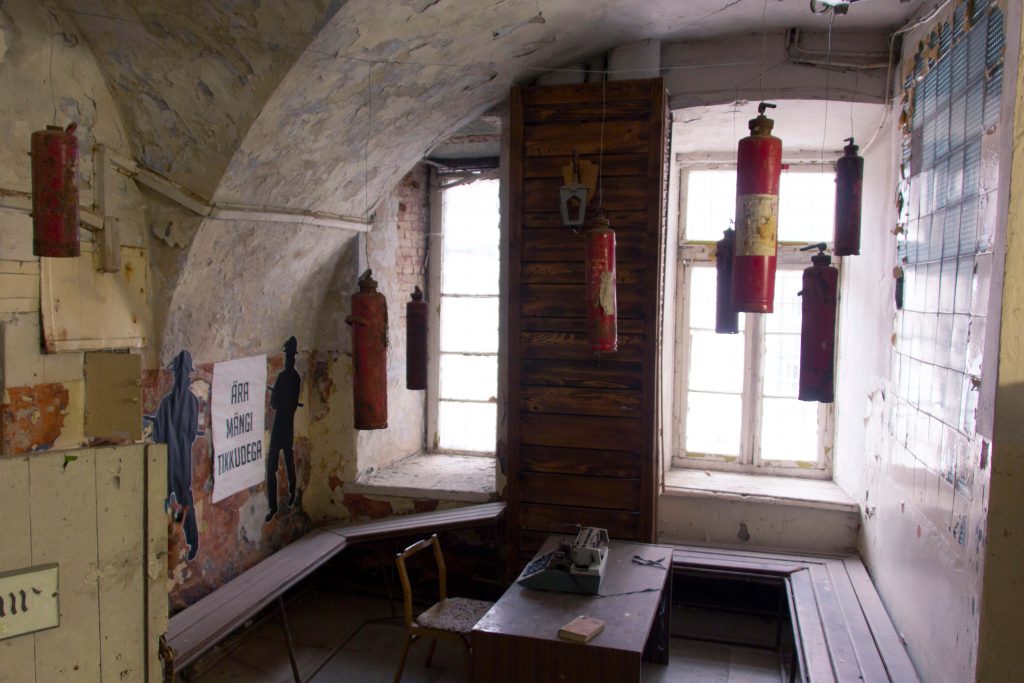

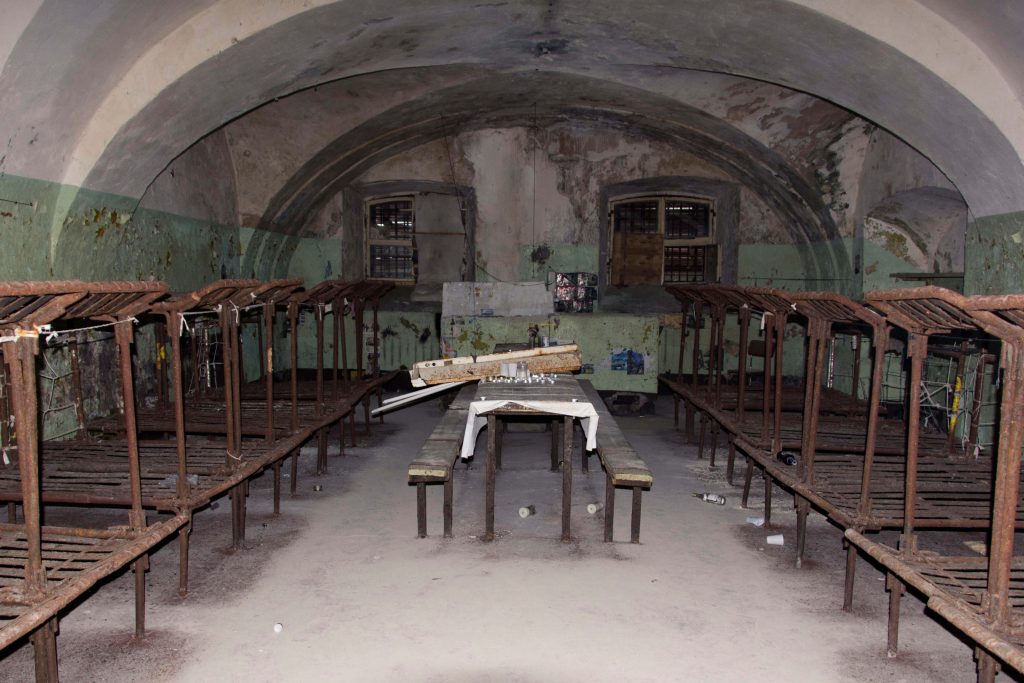
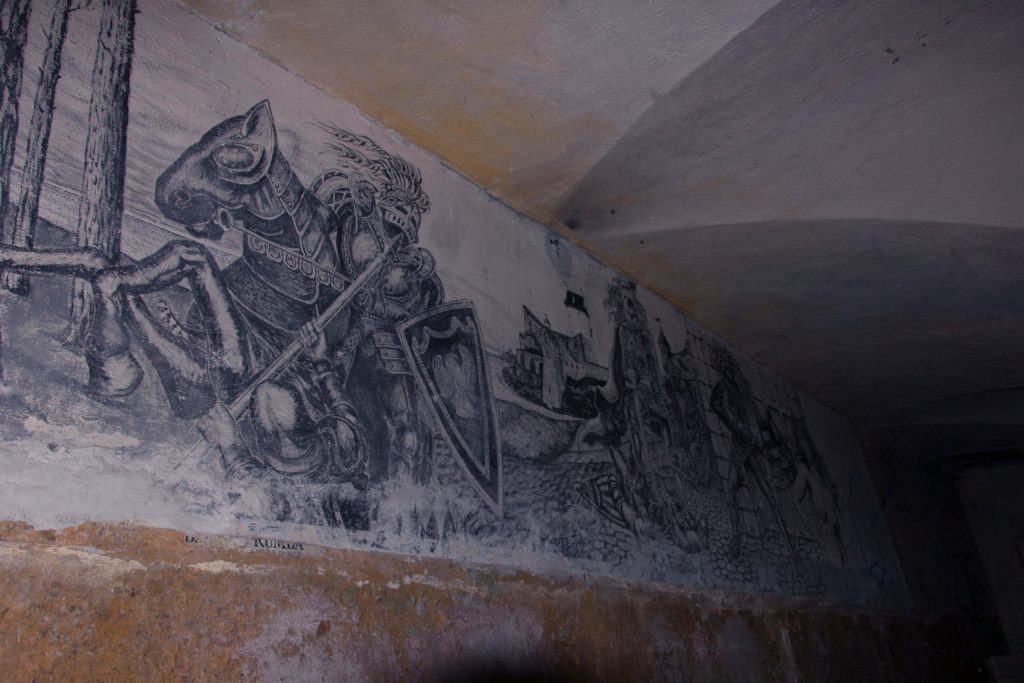
While I enjoyed my time there two full days was more than enough time to see the beautiful little city and I was keen to head onto Krakow.
Comments